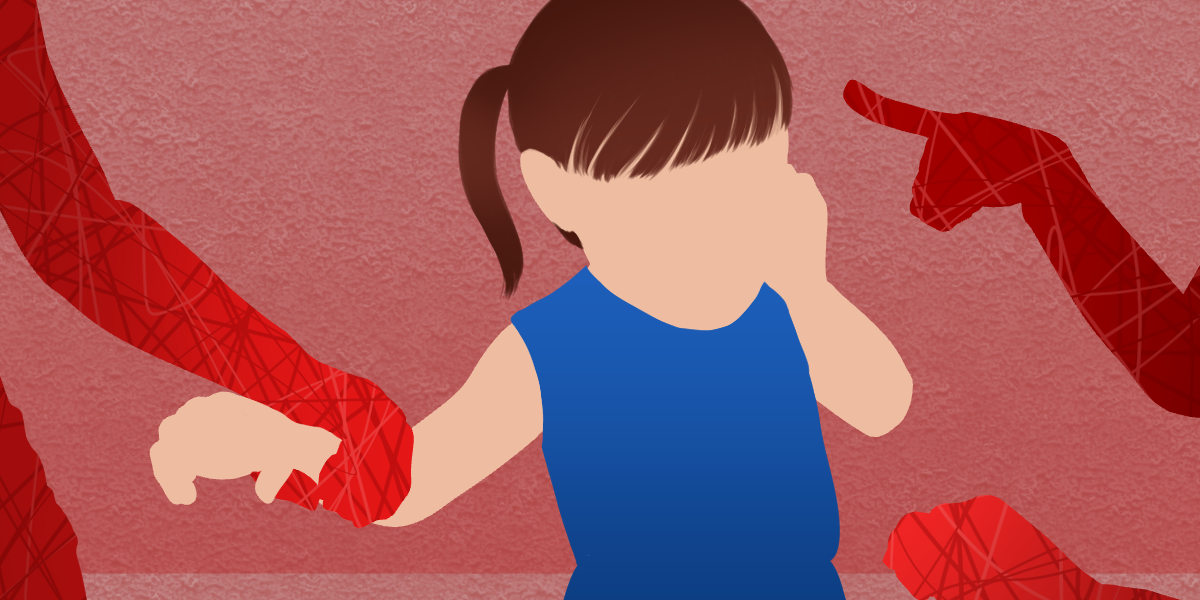When we consider autism and how it colours one’s lived experience, we tend to overlook its relationship to the body. Unlike the conditions one tends to think of when it comes to disability, autism doesn’t manifest itself physically. Yet if we want to make the world liveable for autistic people, it is vital that we consider the relationship between autistic bodies, how they interact with the world and how the world interacts with us.
Autism may be a neurological condition but as autistic journalist Sara Luterman notes, it is not without its physical qualities. Some of the most noticeable physical quirks of autism are certain forms of repetitive movement or vocalisation, often referred to as ‘stimming’. These are an integral adaptive mechanism by which autistic people can calm and centre themselves.
But the most important physical aspect of autism, in my experience at least, are its sensory dimensions. Certain sensory inputs like lights, sounds, smells, physical sensations or any combination thereof may prove uniquely overwhelming, distressing or even painful to autistic people, or consequently might be soothing or pleasurable in ways neurotypical people don’t experience. Contrary to the myth of the solipsistic shut-in, autistic people are deeply attuned to and shaped by the world around us. Unfortunately, this is often for the worse.
The politics of masking
The affectation of neurotypical behaviour and the suppression of one’s autistic mannerisms and needs is such a commonplace survival strategy among autistic people that it has developed its own name – masking.
The mental and physical demands of this, silently enduring work or school environments that fray your senses in ways invisible to your co-workers, or forcing yourself to reciprocate eye contact with your boss even when the sensation is physically painful, frequently burn autistic people out, leaving one unable to perform basic daily tasks, let alone the gargantuan demands of labour imposed by capitalism.
Society makes demands of autistic people to conform to behavioural and productive standards through the violation of autistic bodily autonomy
And what of those of us who can’t, or won’t, change their behaviour to fit into a society that won’t accommodate them, or whose coping mechanisms fail them in the face of overwhelming pressure? How does that society respond? Often enough, it responds through the use of physical force. The physical restraint of autistic people, particularly children, is commonplace in schools and mental health facilities.
Such restraint is often framed as an act of care, done in order to prevent an autistic person doing harm to themselves or to others (in Sia’s Music, one of the main characters refers to restraining the autistic protagonist as ‘crushing her with love’, but such restraint is an unquestionably violent act. In one particularly horrific case, a patient named Andre McCollins at the infamous Judge Rotenberg Educational Center in Massachusetts was strapped down for seven hours and electrically shocked thirty-one times (reportedly, this was for refusing to remove his coat). The center, which had been prevented from using the devices by the U.S Food and Drug Administration in 2020, was allowed to resume its use of electric shock devices following a judgement from The U.S. Court of Appeals for the D.C. on 6 July 2021.
Restraint and control
Autistic meltdowns are often cited as the immediate cause of such restraint, and it is true that such meltdowns can involve injurious behaviour. But the meltdowns themselves stem, more often than not, from being trapped in environments that prove distressing or overwhelming to autistic people for reasons outlined above. In a 2020 report entitled ‘Out of Sight – who Cares?’, the UK Care Quality Commission noted that mental health facilities often did not accommodate the needs of their autistic patients, and that staff were often unequipped or untrained to use alternate methods to de-escalate the situation.
And this is to say nothing of more insidious ‘therapeutic’ practices such as the ubiquitous (and lucrative) Applied Behaviour Analysis (ABA), which seeks to eliminate benign autistic behaviours such as stimming whilst rewarding ‘normal’ behaviours, denying us a vital means of coping with an overbearing world. Whilst typically refusing to acknowledge autistic people’s needs, society makes demands of autistic people to conform to behavioural and productive standards, through the violation of autistic bodily autonomy.
In our upcoming issue, we focus on bodies, and how they interact with the systems of power that dictate our day to day lives. Bodies and minds are not as separate as we may think, and if we are to build a truly liberated world, it must be one that does not place unreasonable demands on those who move through the world differently from the majority.











